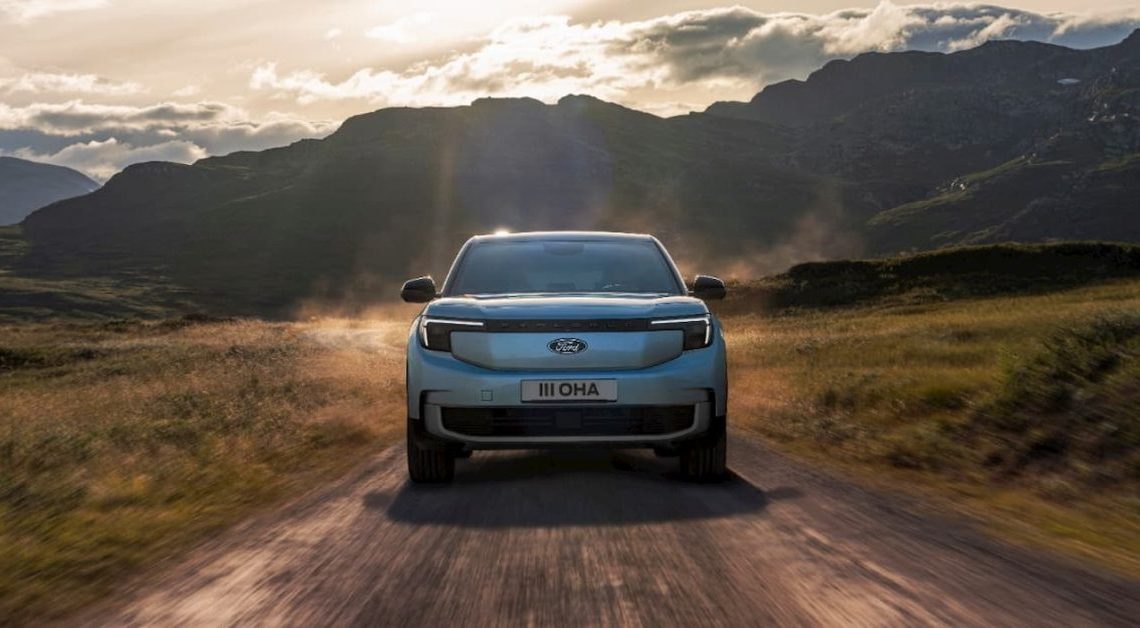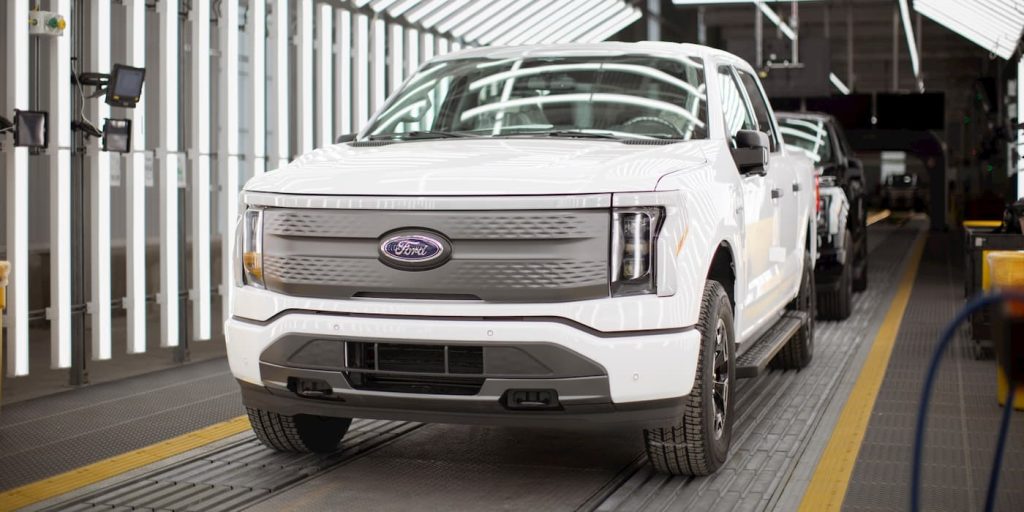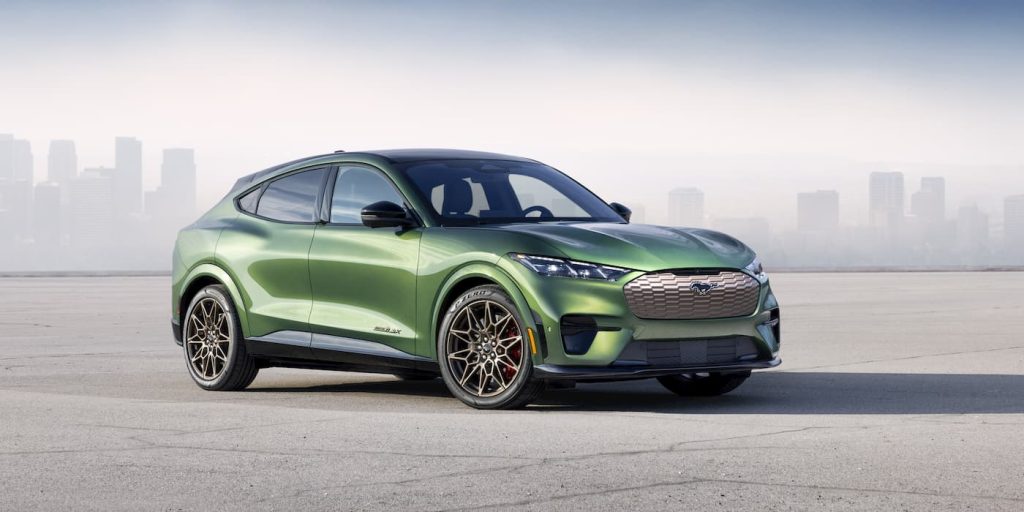
Ford CEO Jim Farley wants the company to deliver affordable EVs like Henry Ford did with the Model T. However, the hard part is doing so profitably. After China’s bet on EVs “paid off” so far, Ford wants to compete with the best, including BYD.
Ford moves to affordable EVs
Farley believes its next-gen EVs will “not only be profitable, but also affordable for most Americans.”
According to Farley, Ford’s next wave of electric cars will be “competitive with the best in the business.” And right now, Ford believes those EVs are coming from China.
After China’s strategic “bet on EVs” has “paid off so far,” Farley said in an interview with Yahoo Finance, Ford looks to replicate some of the success on US soil.
Farley revealed Ford was “secretly” working on a smaller EV platform to underpin more affordable models earlier this year. Ford is also delaying its larger, electric three-row SUV as it shifts to smaller EV options.
Farley said Ford put together a small “skunk works team with some of the best EV engineers in the world” to develop the new platform.

The team is “filled with a lot of Tesla and Apple people” as the +120-year-old automaker shifts gears.
Farley said, “They are engineering a completely different approach, a different product at a different cost with a much smaller battery and different chemistry.”

Learn from the best to compete with the best
A big reason Ford is shifting plans is expenses. Farley mentioned that NCM batteries, with cobalt, lithium, and nickel, are very expensive and heavy. For example, the F-150 Lightning battery could cost “$30,000 to $40,000.”
Ford’s leader said the company is the first to invest in lower-cost batteries at its Marshall, Michigan plant. Farley claimed it would also be the first to bring it to US customers.

According to Farley, Ford is working with CATL, the global battery leader, to learn IPs and do it themselves. That’s what Ford is doing in Marshall.
Despite talk of Ford rejuvenizing the brand “like the ’80s and ’90s,” Ford plans to lean more into hybrids after slower-than-expected EV demand.
After Ford began using the Tesla Supercharger network earlier this year, Farley said the company has about 100,000 applications. Ford has shipped a couple of thousand NACS adaptors so far.

Farley said Ford “appreciates working with Tesla” and giving drivers access is a good move. Despite this, Ford needs to get out about 90,000 more adaptors. After Farley “texted Elon last night,” he said we would see what he said.
There’s a “mutual respect” between Ford and Tesla as the number one and number two EV makers in the US. According to Farley, it’s a “largely positive” relationship, but it’s still a competition. You can watch the full interview below.
Electrek’s Take
Farley made a good point when asked why China is so good with EVs because the government and competition were quick to back it.
He said China’s government was quick to get behind EV tech with massive tax advantages, free subsidies, and investments in battery makers like CATL. Electric cars in China are expected to account for upwards of 45% of total car sales this year, reaching roughly 10 million as the leading global EV market.
Meanwhile, BYD, China’s leading EV maker, posted its second-highest sales month ever as electric car sales continue trending higher.
BYD sold 146,395 EVs last month, up 22% YOY and 9% from April. BYD stopped making gas-powered cars in 2022 as it shifted its focus to electric.
As the leading producer of rechargeable batteries, BYD already has a significant cost advantage. After launching a series of lower-priced “Honor” edition models, BYD’s cheapest EV, the Seagull, starts at just $9,700 (69,800 yuan) in China. Farley previously called the BYD Seagull “pretty damn good,” warning rivals of BYD’s superior tech.
Can Ford keep up with BYD or other Chinese EV makers? What about Tesla in the US? Drop us a comment to let us know what you think.
Author: Peter Johnson
Source: Electrek



